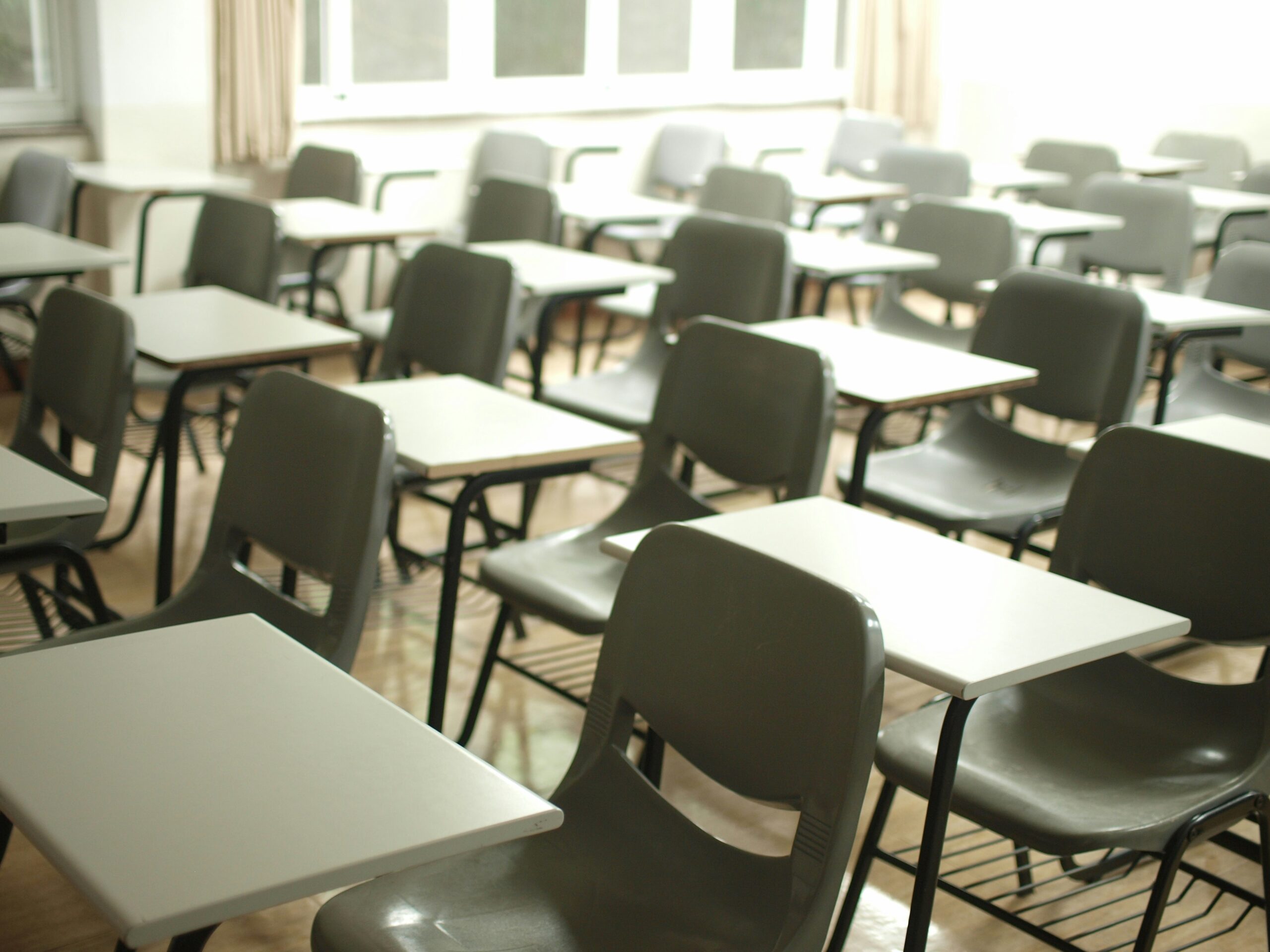Image credit: Unsplash
The back-to-school season can be an anxiety-inducing time for children and parents alike. On the one hand, it’s the beginning of a new school year full of seemingly boundless potential. On the other hand, children want the year to get off to a great start as they meet a whole new host of students, teachers, and friends, while parents are arguably even more concerned about the health and well-being of their child as they enter this new world.
Fortunately, some of the latest and most innovative back-to-school products are ones that not only support learning but also promote emotional wellness, safety, and sustainability. These are three key areas that modern parents and educators are prioritizing, and there are several tools that can help them ensure these standards are met for children as they return to school.
Tools for Safer Digital Habits
As kids head back to school with more tech in hand than ever before, tools that help families manage screen time and digital safety are essential. One notable solution comes from Bark Technologies, which offers a range of products, from smartwatches to a safer smartphone for kids, that monitor online activity while respecting privacy.
As Titania Jordan from Bark Technologies says, “One of the most powerful things about Bark is that it helps strengthen the bond between parent and child. Kids want independence, and parents want peace of mind. By alerting parents only to potential dangers instead of handing over every single text or post, Bark gives families a way to stay safer online without unnecessary snooping. That balance of safety and respect is what builds trust, and trust is the foundation of every healthy parent-child relationship.”
Making Math Fun in Early Grades
Hands-on, engaging learning experiences can build confidence in subjects like math from an early age. That’s the philosophy behind Centers in a Snap by Lucky Learning with Molly, a set of printable and physical math games designed for K–2 learners.
“You know, I see it all the time… the kids who are struggling the most are the ones who love playing math games,” says Molly Lynch from Lucky Learning with Molly. “And so playing math games, I found the other big benefit is the development of their social-emotional learning.”
Sustainable and Skill-Building Toys
Parents looking for eco-conscious, educational toys will appreciate the new Montessori-inspired line from PlanToys. These wooden toys emphasize motor skills and cognitive development, while also being built to last and easy to resell, an appealing feature in today’s growing secondhand market.
This line will focus on skill-building through the use of durable, resellable, eco-friendly options amid rising secondhand shopping trends. Additionally, the company is introducing a farm-to-table series expanding its kitchen line, which emphasizes healthy eating habits through play. Through these initiatives, the company aims to evolve its marketing approach: more playful, differentiated from standard toy narratives.
As one leader details, “Instilling these habits in children through play is the most effective way… teaching them how to cook and grow food through pretend play.”
Back-to-School Essentials
Whether it’s digital safety, foundational learning, or sustainable play, these products show how parents can make thoughtful back-to-school choices that support their children’s holistic development. The back-to-school season doesn’t need to conjure feelings of dread alongside the palpable excitement. With these unique products, parents can send their children back to school with renewed confidence and feel good about the work they are doing to set themselves and their children up for success.

